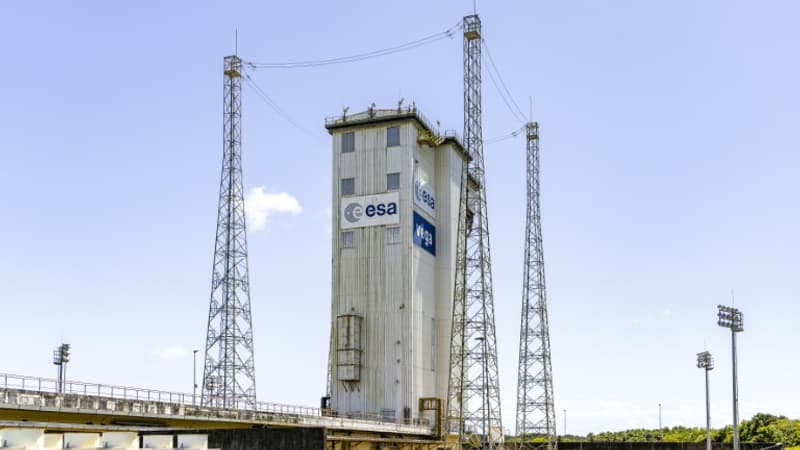2 minutes 27 of flight and then nothing. Last night Vega-C’s first commercial flight ended in failure. A failed takeoff that could have serious consequences for Arianespace, beyond the loss of the launcher and its payload.
Vega-C is the new European light launcher presented as the little sister of the future Ariane 6. This Tuesday it made its first commercial flight from Kourou. On board, two Pleiade Neo satellites manufactured by Airbus and dedicated to earth observation.
Only a few minutes after liftoff, an anomaly was detected in the second stage of the Zephiro 40 rocket, then the launcher’s trajectory deviated from what was initially planned, and telemetry stopped reaching the Jupiter control room in Kourou.
The company found that there was no debris fallout after Vega-C liftoff. It was not immediately clear whether the device to destroy the rocket was activated or if it was damaged at sea. Arianespace must give a press conference from Kourou at 4:00 p.m. this Wednesday, French time.
Throwback for Europe in space
This failure is very bad news for Europe in space, even though with each rocket take off, risk 0 does not exist. Vega-C is the new version of the European light launcher, with a letter C that stands for consolidation. This launcher was designed under the management of the Italian project, by Avio. It should allow Europe to send small satellites quickly at high speeds and at lower cost.
It will take several months to analyze the causes of the failure, but with this setback, the delays of the Ariane 6 that will not be there before the end of 2023 and the Russians and Soyuz that are no longer available, Europe finds itself without launch capacity. . What choice do European operators have but to opt for an American solution like SpaceX or an Indian one?
Beyond this question of sovereignty there is also a technical question. Vega-C and the future Ariane 6 share common elements. Small pitcher mishaps send a very negative signal.
Bad news for armies
This failure is also very bad news for Airbus Defense & Space, which suddenly lost two observation satellites of its Pléiade Néo constellation (30 centimeter resolution earth observation). Two are already in orbit, the two that were going to go with Vega are the last two.
For Airbus, the negative impact on the development of its commercial service is inevitable. The European giant has developed this program with its own funds, whose services are sold to both companies and the military. Satellites that provide commercial income are generally insured. According to an insider in the sector, the Pléiades Neo 5 and 6 were covered for up to 220 million euros by a consortium of insurers, which would allow, if Airbus decides, to re-manufacture them.
The loss of these satellites is also bad news for the armies, in particular the French, customers of the high-resolution images provided by this constellation to follow the situation in Ukraine in particular, while the French military observation satellite CSO-3 it still has not arrived. it could not be launched due to the unavailability of Soyuz and Ariane 6.
Source: BFM TV


